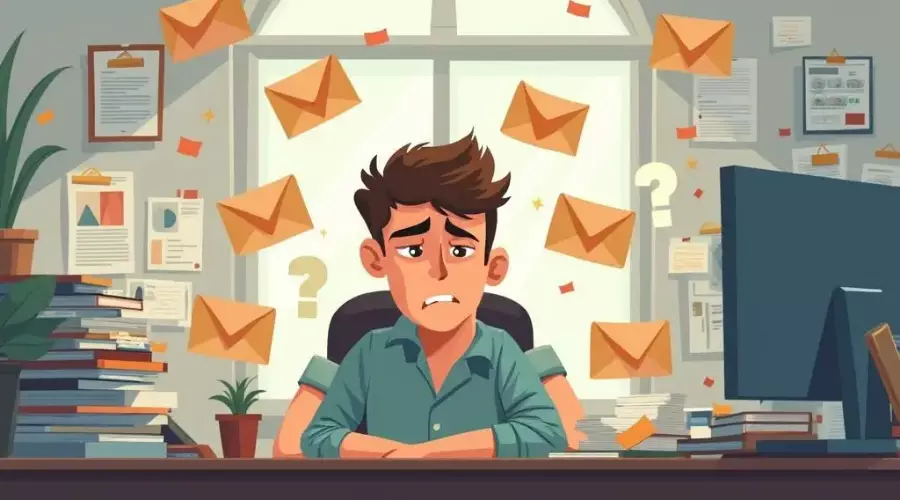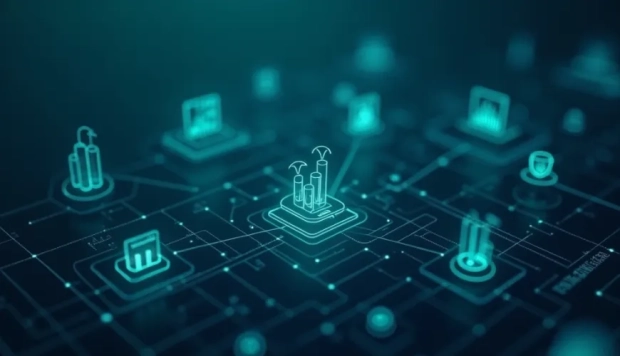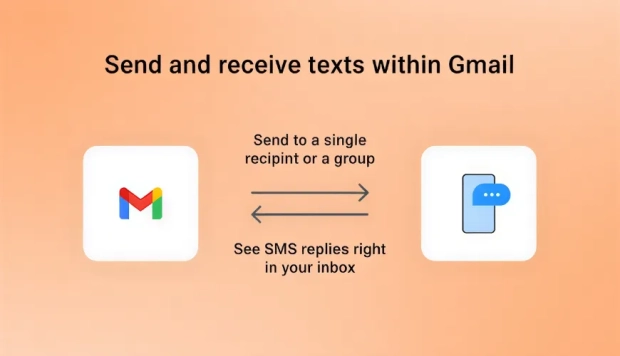Email Overload Is Hurting Careers, Here’s How Professionals Are Taking Control

Your eyes have reviewed 42 emails while you sent replies to 9 messages and added 12 more to the "later" category since 10:07 AM began. Your schedule is fully booked but your email inbox shows an overwhelming amount of messages. It feels like just another typical Tuesday to you although this is typical behavior.
You are in the same boat as many others who experience this situation. Every day the typical office worker receives more than 120 emails apart from the messages on Slack and Zoom and unexplained calendar alerts. Too many professionals reach their breaking point because of this situation. What started as a helpful tool now serves as the main force that drains our attention and uses up our time and sometimes leads to losing our job passion.
The modern workplace has become accustomed to email fatigue as a common workplace experience.
The Inbox Avalanche: How We Got Here
The initial purpose of email never included handling it as a complete-time duty. The "Reply All" button creation together with remote work popularity transformed email into a job that consumes full-time work hours.
The tipping point? Most people now expect instant availability during work hours. Late-night follow-ups. Weekend check-ins. Mid-meeting pings. The shift to email communication eliminated the need for traditional face-to-face communication while its fast pace exceeded human capacity to manage.
Let's put it in perspective:
A 2023 Clean Email report revealed that the typical worker checks their inbox about 15 times throughout their workday.
Most employees spend 40% of their time on unproductive email interactions while performing reactive actions.
The weekly schedule consists of wasted time performing email shuffling and snoozing along with scanning instead of productive work on problems and project advancement.
And the kicker? We feel guilty when we step away.
Workplace Email Fatigue Recognition: Its Significance and Negative Impacts
So what exactly is email fatigue?
The term email fatigue represents more than feeling annoyed with email messages. When fresh emails appear the feeling of anxiety starts to creep in. You spend most of your time jumping between different tabs while experiencing continuous unease which makes you feel constantly lagging behind despite appearing to stay up-to-date.
Signs that you experience email fatigue include:
-
Your stress levels increase whenever you see your unread message number grow
-
You check your inbox because it has become an automatic routine rather than because you require information from it
-
Your ability to work on deep tasks becomes hampered because of email-related anxiety
This situation goes beyond being bothersome since it puts your career at risk. Research from Forbes indicates that communication overload affects 38% of workers who have thought about leaving their employment. Let that sink in.
The problem reaches beyond mere exasperation. Long-term career momentum and retention along with employee engagement depend on this issue.
Inbox Paralysis: The Career-Killing Side of Email Fatigue
Being constantly available comes with a hidden cost that most people overlook. Even glancing at a short email or Slack message can derail your focus, and it's not easy to bounce back. Studies show it takes more than 20 minutes to regain full concentration after an interruption.
And the interruptions add up, six to ten times a day. That's over an hour lost to scattered focus, every single day.
Dave Fano, CEO of Teal, puts it bluntly:
"The development of your career does not occur through reactive responses. The path to professional growth involves developing projects alongside systems and creating strategic plans. The amount of time spent in reactive work diminishes your ability to advance with meaningful progress.”
In other words, constantly reacting to messages isn't just tiring - it's keeping you stuck.
To combat this, many professionals are reevaluating not just where they work, but how they work. They're looking for smarter systems that support long-term growth, not just inbox zero. That's why tools like Teal's resume builder have seen a surge in usage. As people shift toward asynchronous communication and outcome-driven work, they need resources that help them take control of their professional path—not get lost in busywork.
A Look at the Numbers
Let's visualize the problem. The following data illustrates how email affects the current workforce.
| Metric | Stat |
|---|---|
| Average daily emails per worker | 121 |
| Time spent reading emails per day | 2.6 hours |
| A study shows that email management causes | 68% of workers to experience overwhelming stress |
| The number of employees who plan to quit due to overload | 38% of the total workforce |
| Percentage of unread emails that are non-essential | 47% |
Sources: Mailstrom, Forbes, APA Blog, Clean Email
Productivity disappears through cracks while you experience this amount of noise. The excessive email load includes unavoidable parts but a substantial portion can be addressed through resolution.
The Best Group of People Has Successfully Recovered Their Time
A positive development exists in the world. Professionals who quietly battle back against their workload have started to achieve their goals.
Here's what's working:
-
Time blocking email checks: The most effective workers establish specific email checking times which they perform in short periods of 2-3 blocks daily.
-
Inbox filters and priority labels: A system of smart rules can organize newsletters together with internal updates and client messages into categories so you can identify what truly matters.
-
Prewritten templates: The system enables users to save time by preparing standard responses and prevents them from spending excessive time on crafting brief emails.
-
The communication tools Slack, Notion and Loom provide a simpler way to work together while eliminating email inbox requirements.
All these changes can be implemented without needing approval from managers. These boundaries help you maintain control over your work while using email as a tool instead of letting email control your work.
The Role of Culture: Why Leadership Has to Step Up
Your team members will not understand email fatigue solutions if they maintain the practice of immediate responses or send emails during their personal time like they would send vacation postcards.
The Leadership Team plays an essential role in solving this challenge.
The following companies establish guidelines to maintain proper email usage:
-
No expectations of response outside of work hours
-
Async updates over synchronous chains
-
The company implements designated quiet periods with deep work periods each week
These changes are implemented by leaders who demonstrate their commitment to new habits. Managers delay the sending of their messages. CEOs are unplugging on weekends. Team members imitate the healthier habits when leaders demonstrate them.
Small Shifts That Make a Big Impact
Email bankruptcy declaration is not necessary to achieve progress. Test out one or two of these fast-implementable methods:
-
Use Unroll.me or Clean Email to perform bulk unsubscribe operations on non-important mailing lists
-
Add specific email-free periods to your schedule through which you will completely disable email access
-
The email processing period should be divided into two daily batches instead of continuous on-demand response
-
SendBridge and other tools enable users to schedule emails and apply filters or priorities to incoming messages
Reclaiming your mental space from email is more important than achieving inbox zero.
Your control over your inbox enables you to regain possession of your time. With the recovered time you can start working on actual career advancement tasks.



